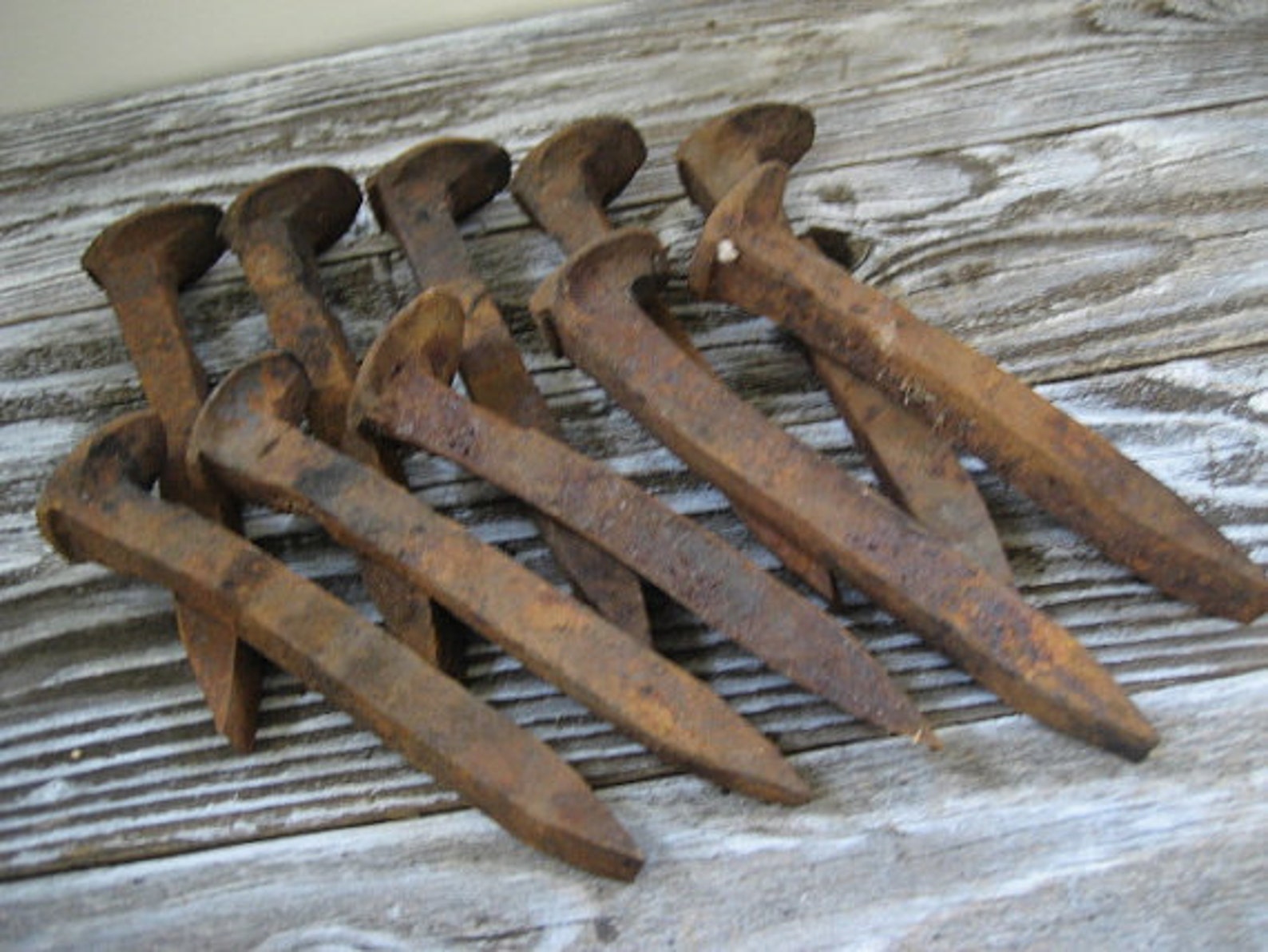
Temper the Knife: The hardened knife is prone to shattering.Well, this also means that the knife is brittle, hardness also brings brittleness. At this desired temperature, put the blade quickly in any oil, whether automobile or vegetable new or used. The temperature is right when a magnet stops sticking to it. To harden the knife, heat it to red hot at around 1500 degrees F. Harden the Knife: You now need to heat the knife for making it strong and hold a sharp edge.Such a file goes only in the forward direction to make these tasks easier for you. If you are using a file, consider a mill file, as it as an array of parallel cutting lines and not crosshatching. In the absence of a belt sander, a file is useful for both cleaning and shaping tasks. During this process, consider using a file to give the intended final shape. This is also how we switched hammers while forging. You can use the belts, starting with a heavy grit and then switching to medium grit. Clean the Blade: Use all power tools to clean the newly formed blade and give it the final shape.You still need to hammer, flatten, and straighten the spine using the lighter hammer, as it is still too thick to suit a knife. The spine at this point is quite straight and is beginning to thin out properly. Take a lighter hammer to work more on the spike to obtain a more accurate shape.At the end of this sub-step, the major shape of the knife is formed.
RAILROAD SPIKE CARBON CONTENT HOW TO
You can then see how to hammer one side and then the other. Just keep restoring its shape along the centerline (visualize this). Working it will twist it significantly, which is fine. This part of the tool where the blade shapes into the handle are known as the knife’s choil. Start by putting the spike on the anvil’s edge and hitting using the hammer such that the latter’s center is just at the anvil’s edge. This is where the blade becomes flattered and flickers into the handle.
RAILROAD SPIKE CARBON CONTENT FULL
Clamp the head and hold your wrenches to give the desired number of twists (half or full rotations). The head’s elongated edge should be pointing in the same direction as the finished blade’s sharp edge. Now, hold the spike with metallic tongs and keep it on the anvil such that the head is positioned properly.

Heat until you get the red/orange hot look. Do not be bothered about the spike’s butt, as you will not be working with that section.

A charcoal fire with instituted air is enough. You can do so in a forge or working furnace. Heat the Spike Evenly: Now, the forging procedure starts from here.


 0 kommentar(er)
0 kommentar(er)
